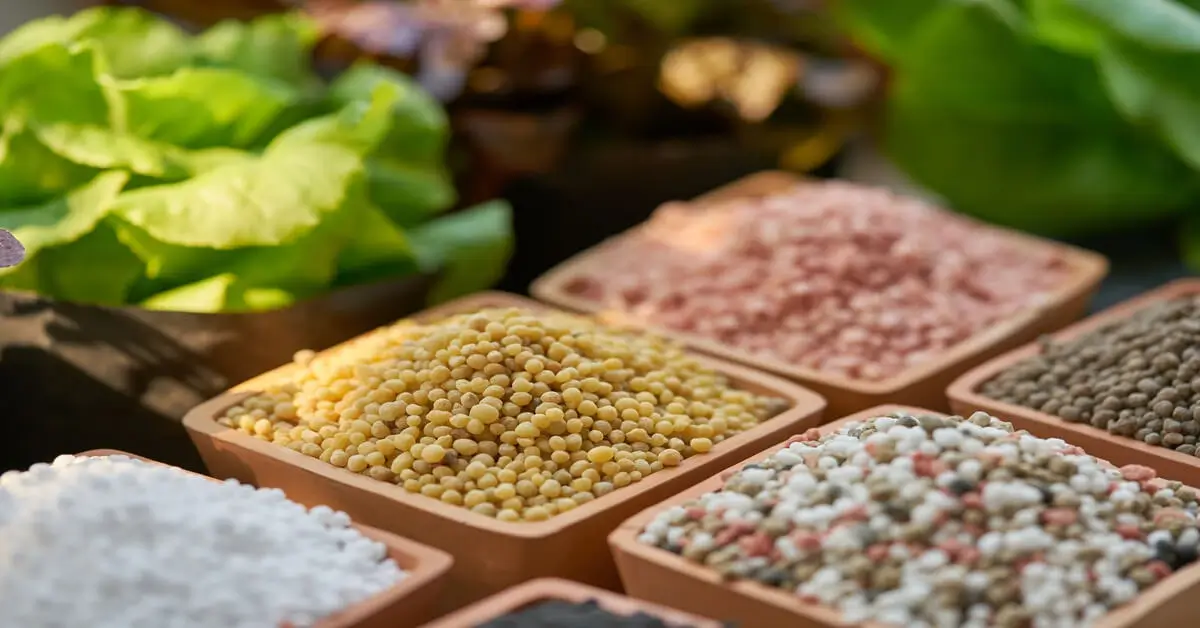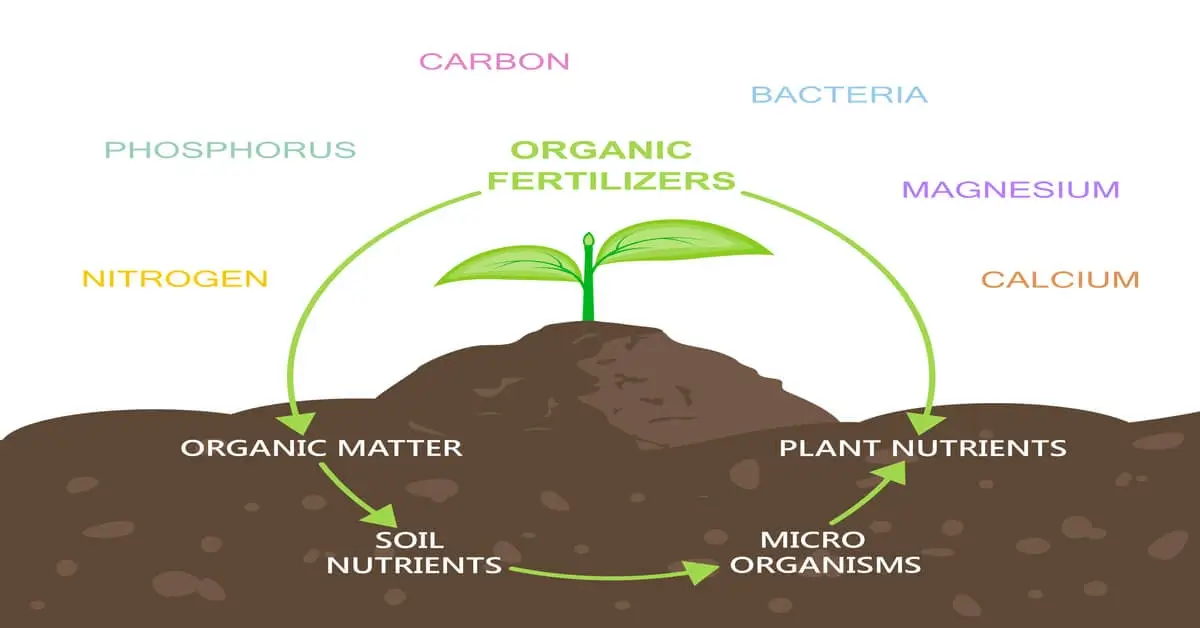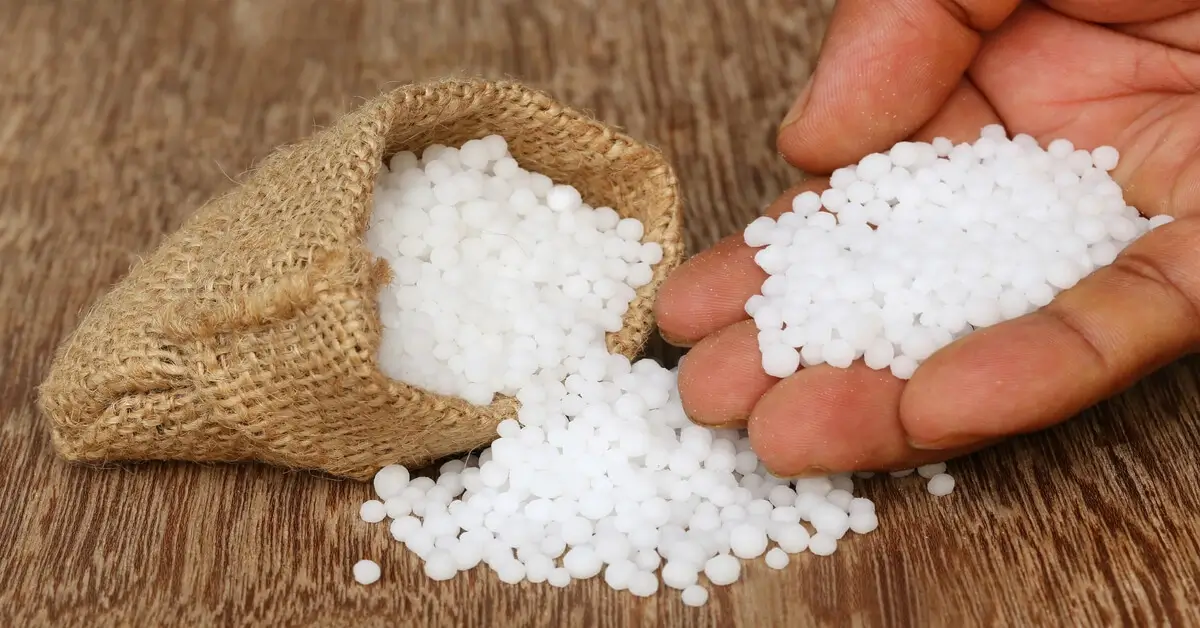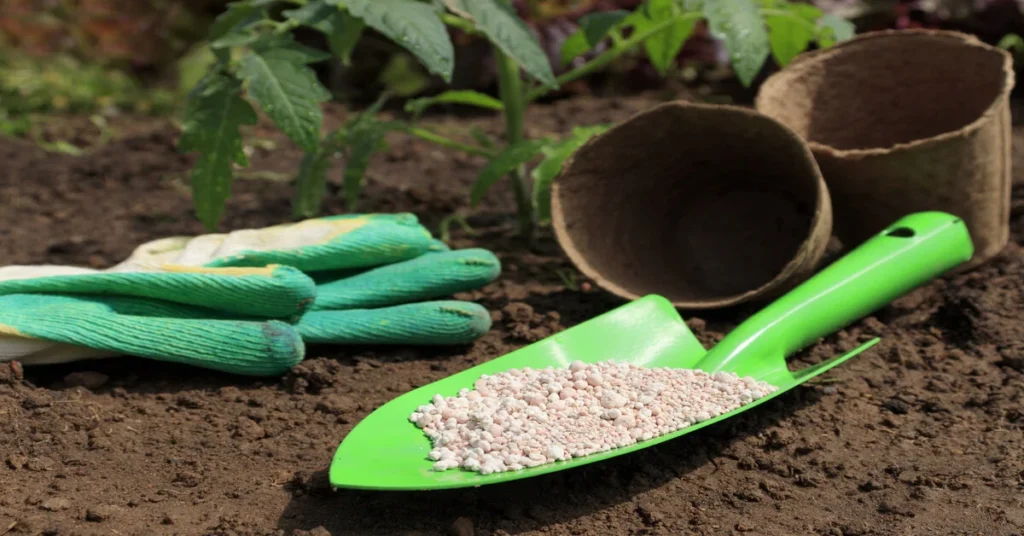Are you a gardener or a farmer looking to maximize crop yield and plant health? The secret often lies in the fertilizer you use. This comprehensive guide will cover everything you need about fertilizers—from the basics to specialty types. Understanding fertilizers is not just beneficial; it’s crucial for anyone serious about plant growth and agriculture.
The Basics of Fertilizers

Definition of a Fertilizer
A fertilizer is a substance added to soil to enhance the availability of essential nutrients that plants need for growth.
The Role of Fertilizers in Plant Growth
Fertilizers play a pivotal role in plant growth by providing the nutrients that might be lacking in your soil. They help develop roots, leaves, and fruits, ensuring a healthy life for your plants.
Macro and Micronutrients
Plants require a variety of nutrients, categorized into macronutrients and micronutrients. Macronutrients include nitrogen, phosphorus, and potassium, commonly called N-P-K. Micronutrients, such as Zinc and Copper, are needed in smaller amounts but are equally vital for plant health.
Organic Fertilizers

Organic fertilizers are derived from living organisms, including plant and animal matter. Unlike synthetic fertilizers, they are eco-friendly and contain various nutrients that improve soil structure over time. They are often less concentrated but provide a broad range of essential nutrients.
Benefits and Drawbacks
Benefits:
- Slow nutrient release reduces the risk of over-fertilization and minimizes nutrient leaching.
- Enhances soil structure, water retention, and microbial activity.
- Generally safer for pets and wildlife.
Drawbacks:
- Nutrient ratios can be inconsistent.
- It takes longer to show results compared to inorganic fertilizers.
- It may contain weed seeds or pathogens if not properly composted.
Popular Types of Organic Fertilizers
Manure
Animal manure from cows, chickens, or horses is a rich source of nutrients like nitrogen and phosphorus. It also improves soil texture and water retention. However, it’s crucial to compost manure to eliminate pathogens.
Compost
Compost is made from decomposed organic matter like food scraps and yard waste. It is a complete fertilizer containing a balanced range of nutrients. It also improves soil structure and provides beneficial microorganisms.
Bone Meal
Bone meal is made from ground animal bones. It is rich in phosphorus, making it excellent for flowering plants and root development. It’s a slow-release fertilizer, providing long-term nutrient availability.
Fish Emulsion
Fish emulsion is a liquid fertilizer made from fish waste. It’s high in nitrogen and is quickly absorbed by plants, making it ideal for leafy growth and early-season applications.
Inorganic Fertilizers

Inorganic fertilizers are chemically synthesized and offer plants a quick, targeted nutrient boost. They are highly concentrated and usually provide specific ratios of essential nutrients like nitrogen, phosphorus, and potassium.
Benefits and Drawbacks
Benefits:
- Immediate nutrient availability for quick plant response.
- Precise nutrient ratios allow for targeted fertilization.
- Long shelf-life and generally lower cost compared to organic options.
Drawbacks:
- The risk of over-fertilization and nutrient leaching is higher.
- Does not improve soil structure or microbial activity.
- Potential environmental impact due to runoff.
Popular Types of Inorganic Fertilizers
Urea
Urea is a high-nitrogen fertilizer widely used for quick green-up of lawns and foliage. It’s water-soluble and can be applied as a spray or in granular form. However, it can cause fertilizer burn if not used correctly.
Ammonium Sulfate
Ammonium sulfate provides nitrogen and sulfur, which is beneficial for acidic soils. It’s commonly used in agriculture for crops like wheat and corn.
Superphosphate
Superphosphate is rich in phosphorus and is essential for root development and flowering. It’s commonly used in the cultivation of bulbs and fruit crops.
Liquid vs. Granular Fertilizers

Comparison of Forms
Liquid Fertilizers:
- Immediately available to plants.
- Easier to apply uniformly.
- It can be mixed with other liquid solutions.
Granular Fertilizers:
- Longer-lasting, providing nutrients over time.
- Easier to store.
- More suitable for slow-release applications.
Pros and Cons of Each
Liquid Fertilizers
Pros:
- Quick absorption by plants.
- Versatile application methods (drip, spray, etc.).
- Ideal for container plants and house plants.
Cons:
- Frequent application is needed.
- Risk of over-fertilization.
- It may require special application equipment.
Granular Fertilizers
Pros:
- Long-lasting effects.
- Easier to control the amount applied.
- Suitable for lawns and extensive gardens.
Cons:
- Slower nutrient release.
- Risk of uneven application.
- It may require additional irrigation to activate.
Application Methods
Liquid:
- Foliar sprays for immediate nutrient uptake.
- Drip systems for continuous feeding.
Granular:
- Broadcast spreaders for lawns and large areas.
- Hand application for smaller gardens and potted plants.
When to Use Which
Liquid fertilizers are best for quick fixes and are often used in the growing season when plants need immediate nutrients. Granular fertilizers are more suited for long-term nutrient provision. They are often applied in the early spring or late fall.
Slow-Release Fertilizers
What are Slow-Release Fertilizers?
Slow-release fertilizers are a type of granular fertilizer engineered to release nutrients into the soil over an extended period. These fertilizers are designed to provide a steady supply of essential nutrients, reducing the need for frequent applications and minimizing the risk of fertilizer burn.
Benefits and Drawbacks
Benefits
Consistent Nutrient Supply: Slow-release fertilizers provide a steady flow of nutrients, ensuring plants have what they need for extended periods.
- Reduced Labor: Less frequent application means you spend less time fertilizing and more time enjoying your garden.
- Eco-Friendly: These fertilizers are less likely to leach into waterways, reducing environmental impact.
Drawbacks
- Initial Cost: Slow-release options can be more expensive upfront compared to quick-release fertilizers.
- Limited Nutrient Variety: They may not provide a complete range of micronutrients.
- Weather Dependent: The release rate can be affected by soil moisture and temperature.
Popular Brands and Types
- Osmocote: Known for its general-purpose slow-release fertilizers suitable for many plants.
- Miracle-Gro Shake ‘n Feed: Offers a variety of slow-release options tailored for specific plants like roses or vegetables.
- Jobe’s Organics: Provides organic slow-release opportunities that are eco-friendly.
Application Tips
- Timing: Best applied at the beginning of the growing season.
- Method: Use a broadcast spreader for even application.
- Watering: Ensure adequate irrigation to activate the fertilizer, but avoid overwatering as it may speed up nutrient release.
Understanding Nutrient Content

Explanation of N-P-K Ratio
The N-P-K ratio stands for Nitrogen (N), Phosphorus (P), and Potassium (K), the three primary nutrients essential for plant growth. The numbers in the ratio represent the percentage of each nutrient in the fertilizer. For example, a 10-10-10 fertilizer contains 10% Nitrogen, 10% Phosphorus, and 10% Potassium.
Importance of Micronutrients like Zinc, Copper
While macronutrients like N, P, and K are crucial, micronutrients such as Zinc and Copper also play vital roles in plant health. Zinc is essential for enzyme function and protein synthesis, while Copper is necessary for photosynthesis and respiration.
How to Read Fertilizer Labels
Understanding fertilizer labels is crucial for making informed choices. Here’s how to decode them:
- N-P-K Ratio: Always prominently displayed, this tells you the primary nutrient content.
- Ingredients: Lists both macro and micronutrients, as well as any filler materials.
- Application Instructions: Provides guidelines on how much and how often to apply the fertilizer.
Specialty Fertilizers
Fertilizers for Specific Plant Types (e.g., Orchids, Roses)
Specialty fertilizers are formulated to meet the unique nutrient requirements of specific plants. For instance, orchid fertilizers are rich in phosphorus to support flower development. At the same time, rose fertilizers often contain extra potassium for robust blooms and strong root systems.
Fertilizers for Specific Growth Stages (e.g., Flowering, Fruiting)
Some fertilizers are designed for particular growth stages. High-phosphorus fertilizers are ideal during the flowering stage. At the same time, a balanced N-P-K ratio is better for the fruiting stage. Always read the label to ensure you use the right product for your plants’ growth.
Fertilizers for Specific Soil Types (e.g., Acidic, Alkaline)
Soil pH can significantly impact nutrient absorption. Alkaline soils may require fertilizers with added sulfur to lower the pH. In contrast, acidic soils might benefit from lime to raise the pH. Soil tests can guide you in selecting the appropriate specialty fertilizer.
Environmental Considerations
Eco-Friendly Options
In today’s world, the environmental impact of our choices is more important than ever. Eco-friendly fertilizers, often organic or slow-release, minimize nutrient runoff and are less harmful to native ecosystems. These options are not only good for your garden but also the planet.
The Impact of Fertilizers on Soil Health
Fertilizers can alter soil structure and its microbial community. Overusing inorganic fertilizers can lead to soil acidification and depletion of essential micronutrients. Organic fertilizers, on the other hand, improve soil structure and encourage beneficial microbial activity.
Runoff and Water Pollution Concerns
Nutrient runoff is a significant concern, especially with quick-release fertilizers. This runoff can contaminate local waterways, leading to harmful algal blooms and aquatic dead zones. Consider using slow-release types or organic options to mitigate this, and always follow application guidelines.
Cost and Availability

Price Range of Different Types of Fertilizers
The cost of fertilizers can vary widely depending on the type, brand, and where you purchase them. Organic fertilizers are more expensive upfront but can be cost-effective in the long run due to their long-lasting impact on soil health. Inorganic fertilizers are generally cheaper but may require more frequent applications.
Where to Buy Them
Fertilizers are widely available at local garden centers, big-box stores, and online marketplaces. Some specialized types may only be available at agricultural supply stores or online. It’s essential to compare prices and read reviews before making a purchase.
How to Choose the Best Fertilizer for Your Budget
Your choice of fertilizer should not solely be based on cost. Consider the specific needs of your plants, the time you can dedicate to fertilizing, and the soil’s long-term health. Spending more on a quality product can save you money and effort in the long run.
Conclusion
In this comprehensive guide, we’ve covered everything from the basics of fertilizers to the more nuanced topics like organic vs. inorganic, liquid vs. granular, and environmental considerations. The aim is to equip you with the knowledge you need to make informed decisions for your gardening or farming needs. Remember, the right fertilizer can make a difference in plant growth, yield, and overall health. So take the time to understand your options and choose wisely.



